Unravelling the Mystery of Singapore and Malaysia’s Bak Kut Teh
For many popular and iconic Southeast Asian dishes, it is challenging to pinpoint an exact country of origin. The main reason lies in the concept of “Southeast Asia” as a region; a concept which only emerged after World War II, and concrete borders between countries in the region were only finalised after the war. Hence, cuisines that are made using similar ingredients have their own unique features across different countries. Some examples include satay, bubur cha cha, nonya kuehs, etc. As for bak kut teh, one of the signature dishes of the Chinese community in Singapore and Malaysia, there are two variations; each of which has a loyal fan base. Bak kut teh in Singapore is usually the Teochew version with a clear broth, whereas bak kut teh in Malaysia is Hokkien-style, which features a darker soup base.
The precise origin of bak kut teh — whether it originated from the coolies (manual labourers) who worked at the harbours of Port Klang, Malaysia, or whether it was created by the Teochew immigrants in Singapore — remains unclear. However, one thing we know for certain is that there was no such dish in the ancestral hometowns in Guangdong and Fujian, China. In the late 19th Century and early 20th Century, there were three main migration trends in China, namely the Eastward Migration Movement, the Westward Migration Movement, and emigration to Southeast Asia (also referred to as “Nanyang” in Chinese), of which, most of the migrants who left China for Southeast Asia hail from the provinces of Guangdong, Fujian, and Hainan. During that time, the Malay peninsula was developing rather quickly under the administration of the British colonial rulers. The British constructed a railway network in Malaya because they needed to transport tin and rice. Port Klang, a place in central Malaya (in between Penang and Singapore), was the place where the railway network and the port intersected. This was why Port Klang became the largest harbour in the Malay Peninsula back then, and it became the meeting point for many Chinese labourers. When the workers were loading and unloading the cargo, they saw some medicinal herbs which accidentally fell onto the ground. Not wanting these herbs to go to waste, these workers boiled these herbs together with pork bones. The resulting broth became the very first version of bak kut teh as we know it now. Hence, from keywords such as “harbour” and “migration”, we can gain an insight into the intricate link between bak kut teh and the early Chinese migrants in Southeast Asia.
The origins of the Klang-style bak kut teh can be traced to Yongchun county in Fujian. When the immigrants arrived in Southeast Asia, they introduced their speciality, braised pork ribs, to Malaya (as it was called back then). As for how braised pork ribs became intricately interwoven with tea, the most widely accepted belief was that the founder of Klang-style bak kut teh, Lee Boon Teh (李文地), infused medicinal herbs into pork bone broth, in order to provide the Chinese coolies (manual labourers) with sufficient nutrition for the day. After the dish gained fame and popularity, people started referring to it as “bak kut teh” (肉骨地) – the “teh” here is from the Chinese character “地”, which is the last character of Lee Boon Teh’s Chinese name. As the pronunciation of “地” (“teh”) in the Hokkien dialect is similar to tea (“茶/teh”), the name of the dish evolved to become “bak kut teh” (肉骨茶).
The Hokkien people like the taste and visual appeal of dark soy sauce, as evidenced by an equally famous Hokkien dish – Hokkien-style fried noodles. This explains why the broth of authentic Hokkien-style bak kut teh is darker in colour and the taste of medicinal herbs is more pronounced. Besides, different cuts of pork are used for the soup. At present, there are around 200 stalls selling Klang-style bak kut teh which operate in the daytime.
Fort Canning Hill, which was formerly called Government Hill, was named after Viscount Charles John Canning, the first Viceroy of the British colony of India. In the 1960s, Singaporeans took a liking to eating bak kut teh at Government Hill, which was where the famous Ng Ah Sio Bak Kut Teh was located. The restaurant is a family business, and has been managed by the descendants of the original owner ever since. Ng Ah Sio Bak Kut Teh uses pepper imported from Sarawak to produce its signature fragrance, and was responsible for the rise in popularity of Teochew-style bak kut teh.
Whether it is Hokkien-style or Teochew-style bak kut teh, whenever food connoisseurs savour their bowl of bak kut teh, they will always enjoy it with a pot of tea (either provided by the seller or prepared by themselves). It is not a complete bak kut teh feast without tea. Hence, having bak kut teh with tea is one of the signature dishes of the Singaporean and Malaysian culinary landscape.
All articles/videos are prohibited from reproducing without the permission of the copyright holder.
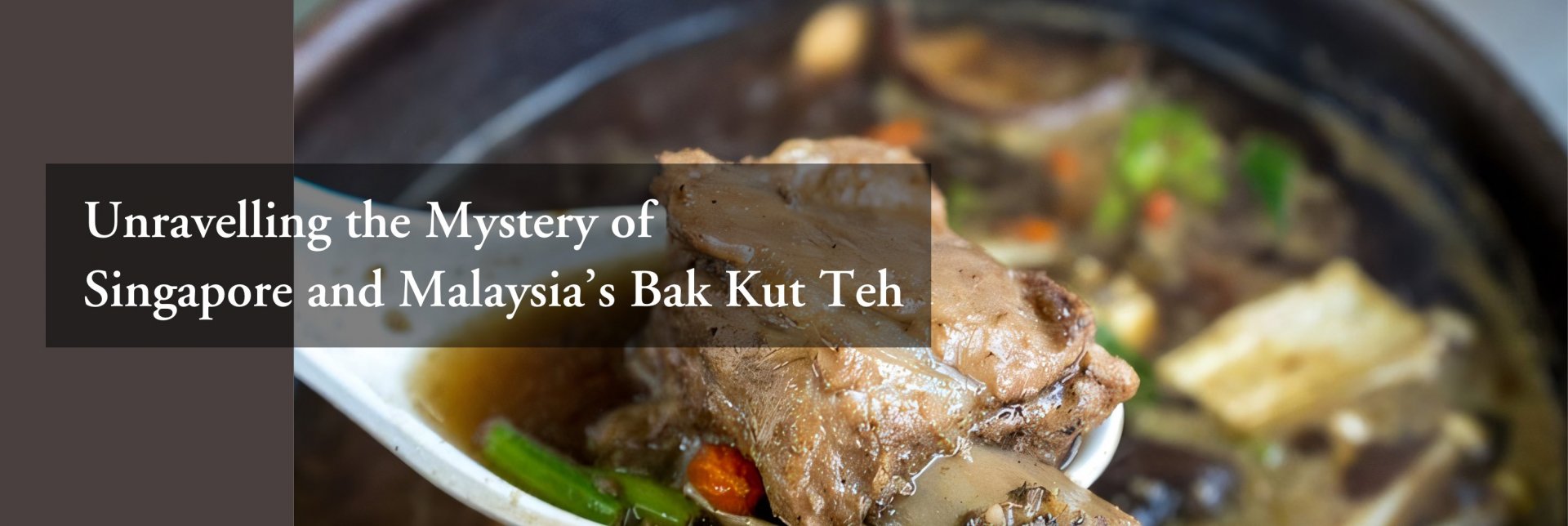
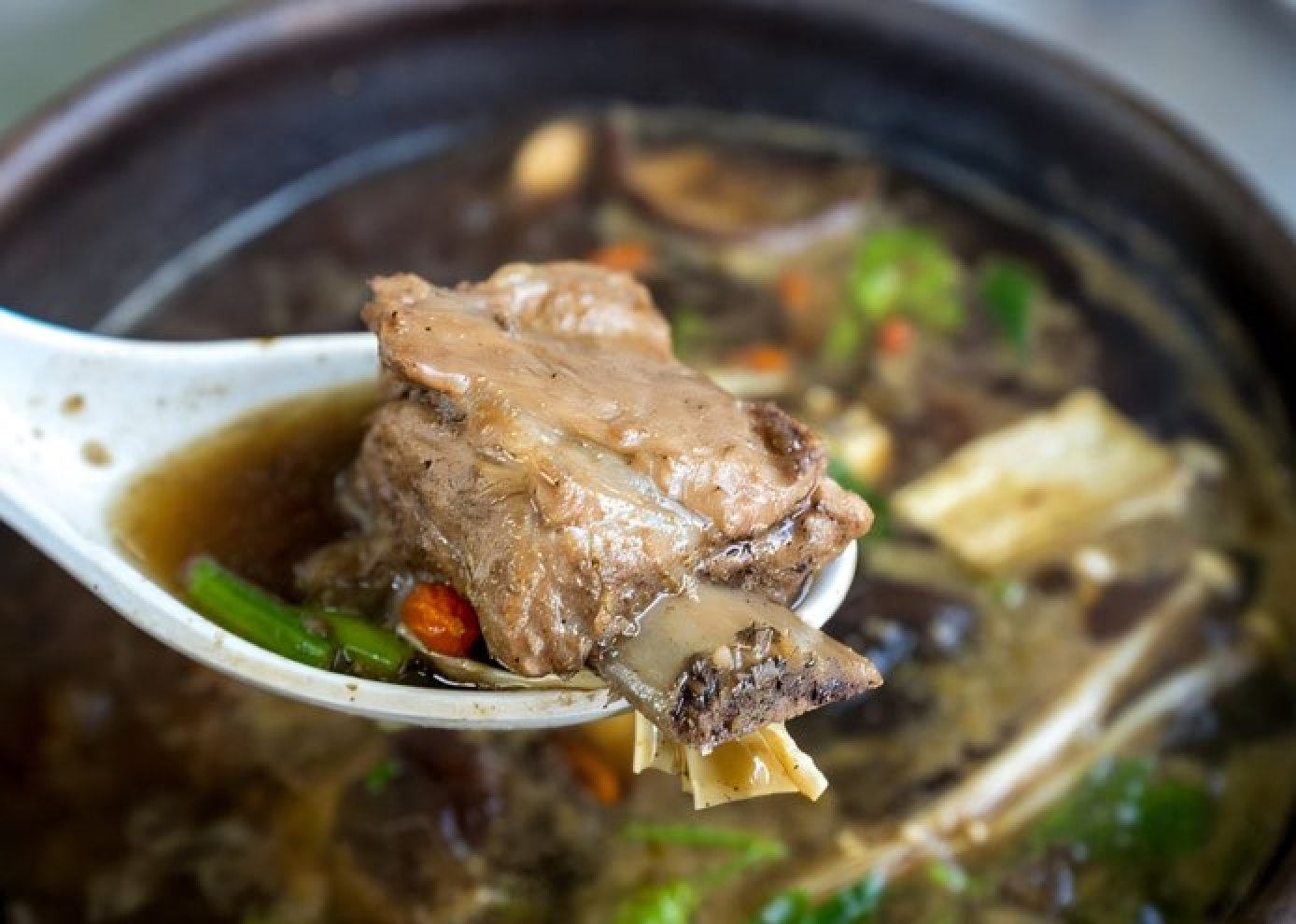
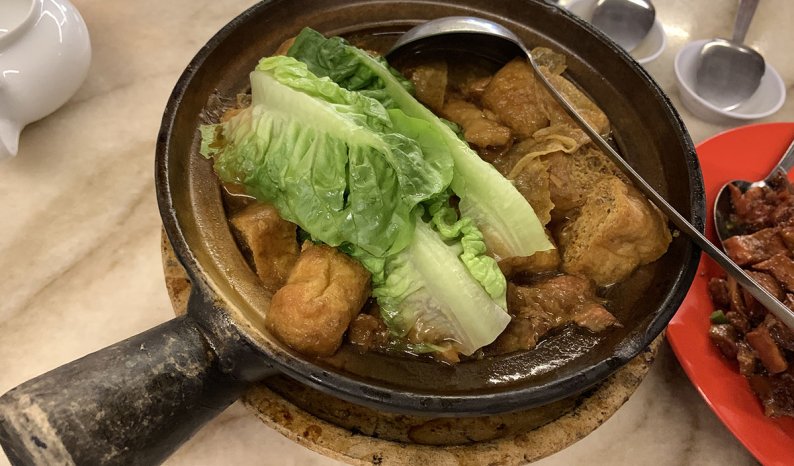
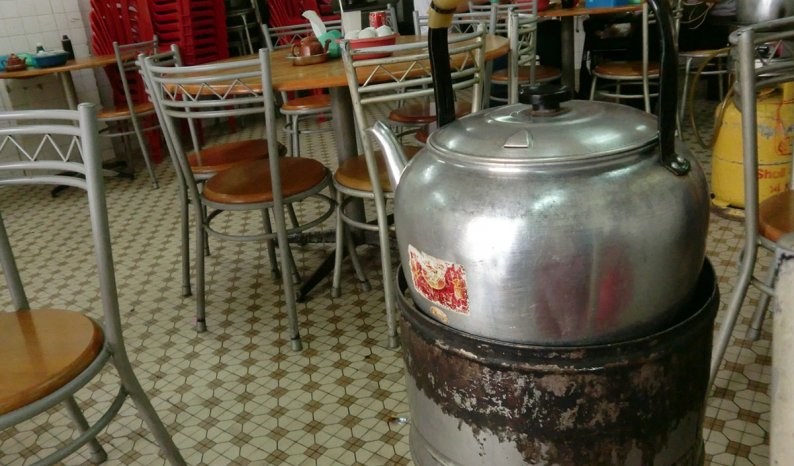
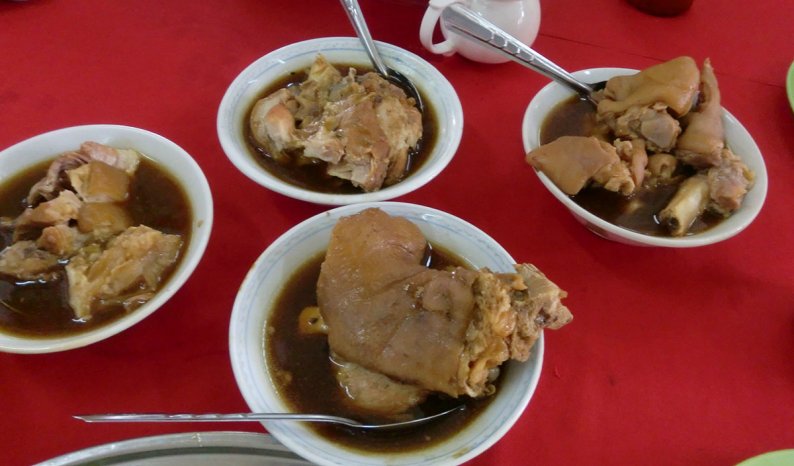
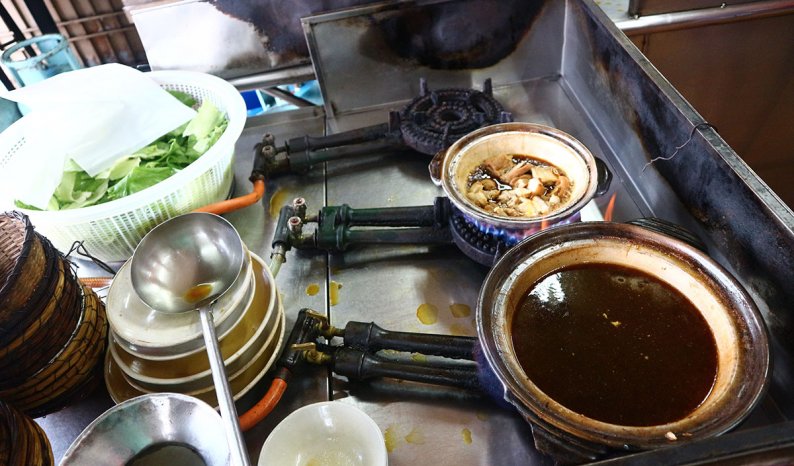
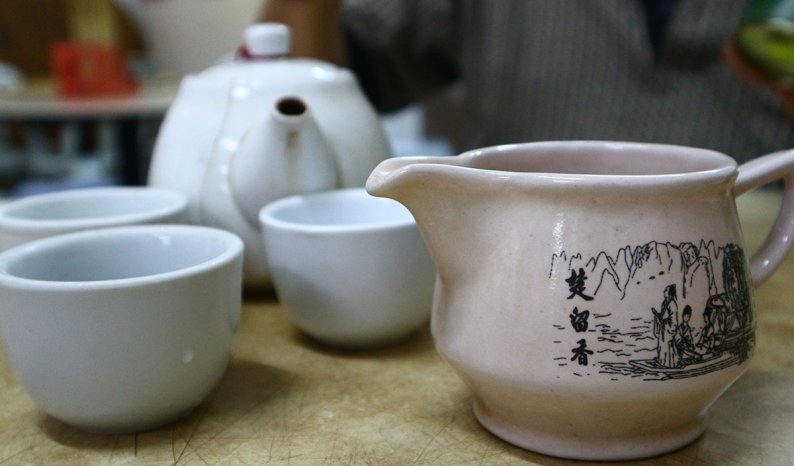


Welcome to leave a message:
Please Sign In/Sign Up as a member and leave a message謝謝分享!我也喜歡喝肉骨,黑白都喜愛,如要揀其一,黑的較味濃、豐富些及多點層次。
提及此湯,本來是有給那些華工苦力補充體力之用,這令我想起英國18世紀時倫敦碼頭的「波打酒」,也是廣受苦力歡迎,是他們日常補充體力及營養的飲料,據說他們還用來治感冒。
#1
Chi Seng Pun
06-02-2023 16:31:19